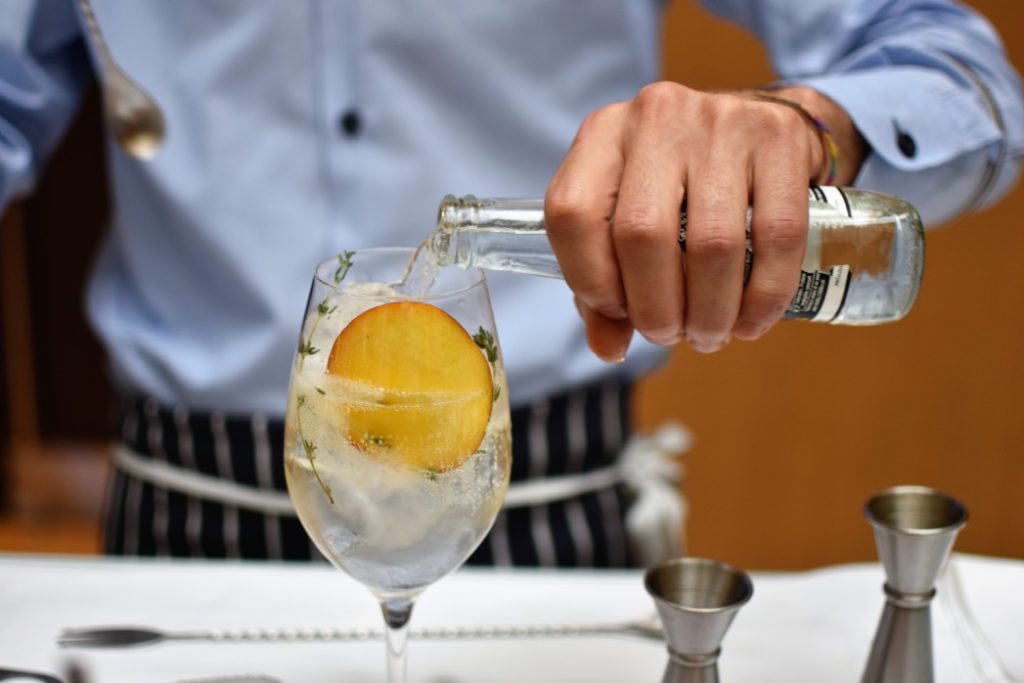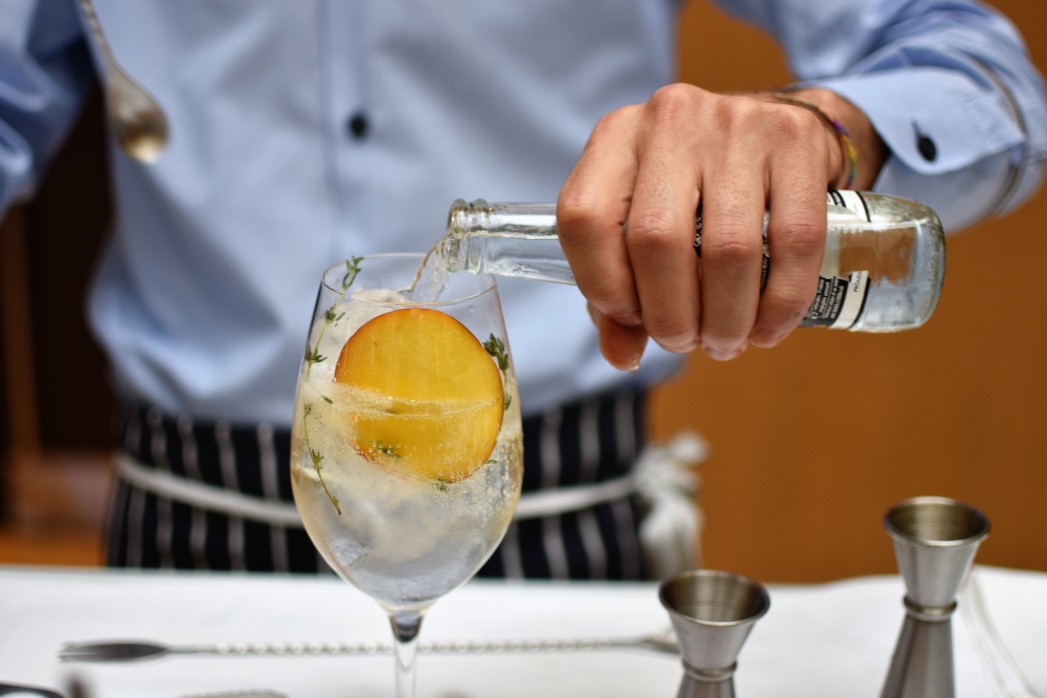How Do Restaurants Mark Up Wine?
How do restaurants mark up wine? What are the legal implications of this? This article looks at the price of wine at restaurants, and how alcohol laws and taxes affect the price. It is also possible to determine if a restaurant is excessively generous with its markups. We’ll also discuss tax implications and whether you need to be a member of a winery loyalty program. Hopefully, this will give you a better idea of what to expect.
Price of wine at restaurants
It can be difficult to understand the price of wine in restaurants. A restaurant management textbook states that wine is a good profit item as it is cheaper than food and is also easier on the wallet. It also requires less labor and operating costs than food. Restaurants should ensure that they get the best price for their wine. They should also consider the restaurant’s reputation when pricing wines. Many consumers are confused about restaurant wine lists.

In general, wine should cost around ten bucks per glass at restaurants. However, if a restaurant has an extensive wine list, consumers can justify the higher price tag by ordering less expensive wine. Moreover, a restaurant’s wine list should have an extensive selection, which can include some gems. It is important that consumers know how much wine can be afforded. Consumers can choose from a variety of wines depending on their budget.
Price of wine to diner
The average wine-loving consumer spends $90 per bottle when dining out. In New York City, wine costs are often twice as expensive as water. Restaurants cannot sell wines at a higher price than their retail value due to the law that requires them to charge a corkage fees. And because most restaurants aren’t permitted to serve wine from off-premises, they can’t stock well-known wines and instead must stock obscure bottles that are more difficult to find in retail stores.
Some restaurants choose to scrap rigid pricing formulas like the two-to-two-and-a-half-times-retail markup, preferring a softer markup and making up the difference by other means. One example is Marta, a new pizzeria from Danny Meyer’s Union Square Hospitality Group. This restaurant is well-known for its excellent value menu and champagne selection. It might be difficult for a restaurant to match this pricing strategy but it is possible to find wine distributors who can help you source quality wines.
Wine prices can be affected by tax laws and alcohol laws
In Australia, wine products are classified into five quality grades. Each grade represents a different price range. The average retail price of standard drinks will go up if there is a specific tax on sparkling wine or table wine. Heavy consumption tends to cause tax increases. The highest alcohol costs per capita in Australia will be felt by the lowest-income customers. Here are some examples to show how taxes and alcohol laws impact the price of wine in Australia.
Taxing alcohol is the responsibility of the government, since it contributes to external costs due to the high cost associated with drinking. These costs include drunk driving, increased criminality, and the spread sexually transmitted diseases. Although controversial in Scotland, the minimum pricing plan could soon be adopted in the UK. A higher price for alcohol could reduce excessive drinking and improve public safety. But how do these laws affect wine prices?
